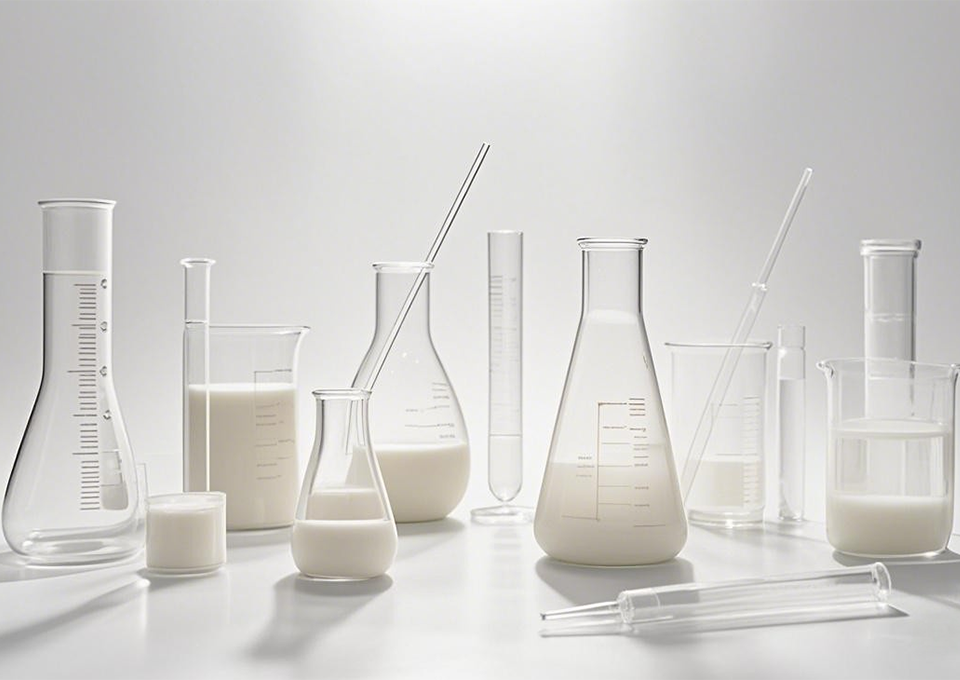아크릴레이트 유화액은 주로 아크릴계 단량체, 물, 유화제, 개시제, 그리고 때로는 기능성 첨가제로 구성되며, 각 성분은 유화액의 특성을 결정하는 데 중요한 역할을 한다. 생산에 사용되는 주요 단량체는 2-에틸헥실 아크릴레이트(2EHA)로서, 순도 99%의 성분이며 CAS 번호는 103-11-7이다. E 플러스 케미칼 주식회사는 첨단 촉매 중합 기술을 사용하여 이 단량체를 합성한다. 이 단량체는 유화액의 유연성과 접착 특성에 기여한다. 옥틸 아크릴레이트와 같은 다른 아크릴계 단량체는 내후성 및 고분자 유연성과 같은 특성을 개질하기 위해 첨가될 수 있으며, 2EHA와 보완적으로 작용하여 균형 잡힌 제형을 만든다. 물은 분산 매체로 작용하며, 유화액을 수계 기반으로 만들어 환경 트렌드에 부합하게 한다. 유화제는 유화액의 안정화에 필수적이며, 제조 및 저장 중 입자 응집을 방지한다. 개시제는 중합 반응을 유도하여 단량체들이 원하는 고분자 구조를 형성하도록 하며, 기능성 첨가제는 내구성을 향상시키기 위한 가교제, 유연성을 개선하기 위한 가소제, 보존 기간을 연장하기 위한 보존제 등을 포함할 수 있다. 이러한 원자재의 품질은 최종 유화액의 성능에 직접적인 영향을 미친다. 고순도 단량체는 안정성에 영향을 줄 수 있는 불순물을 줄이며, 고품질의 유화제는 균일한 입자 크기 분포를 보장한다. E 플러스 케미칼은 단량체 합성을 포함한 통합 산업 체계를 갖추고 있어 원자재에 대한 엄격한 품질 관리를 실시함으로써 신뢰성 있는 성능의 아크릴레이트 유화액 생산에 필요한 기준을 충족시킨다. 공급망에 대한 이러한 통제는 원가를 관리하고 연간 240,000톤 규모의 아크릴계 수성 수지(아크릴레이트 유화액 포함) 생산을 위한 원자재의 안정적인 흐름을 보장하는 데도 도움이 된다.
